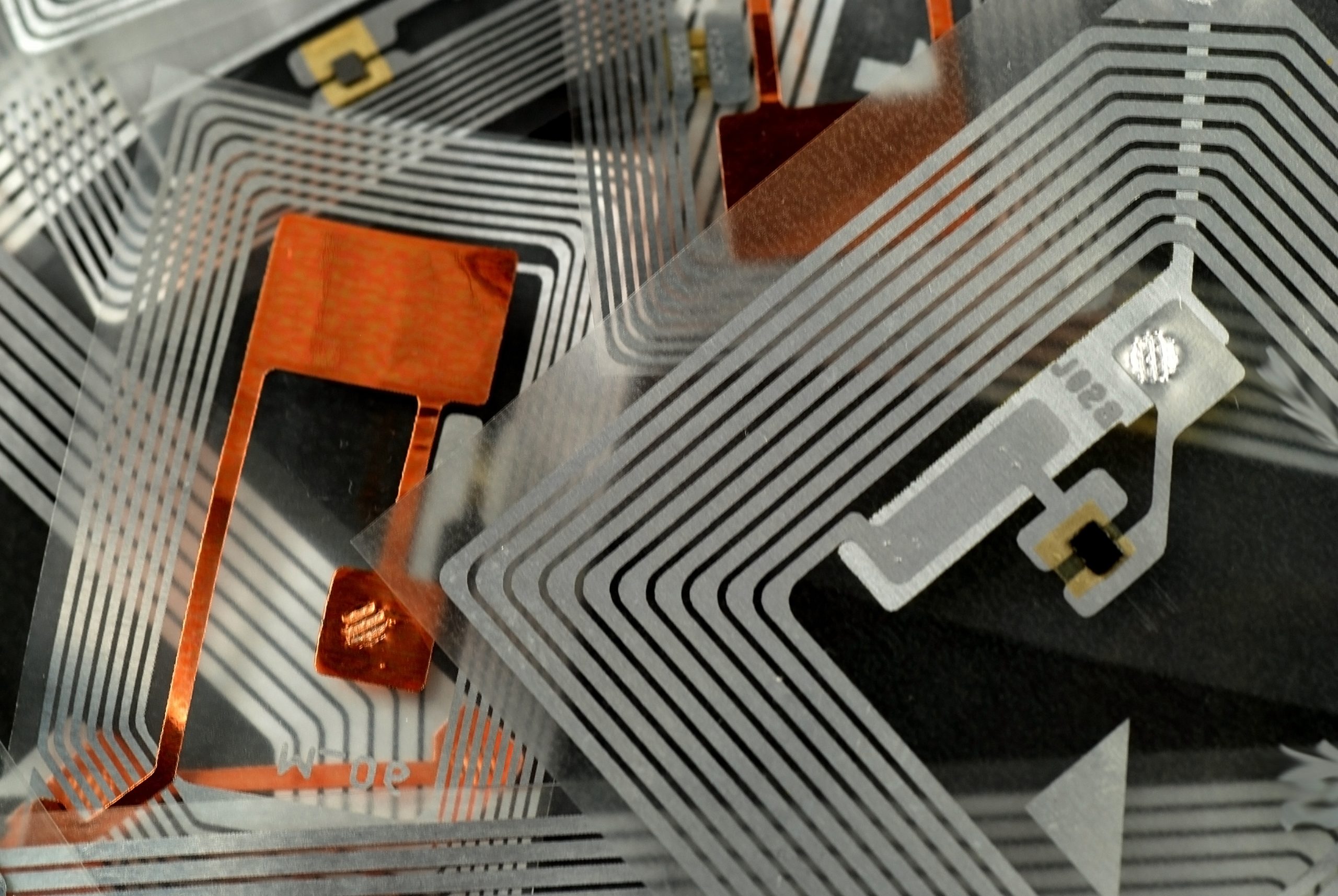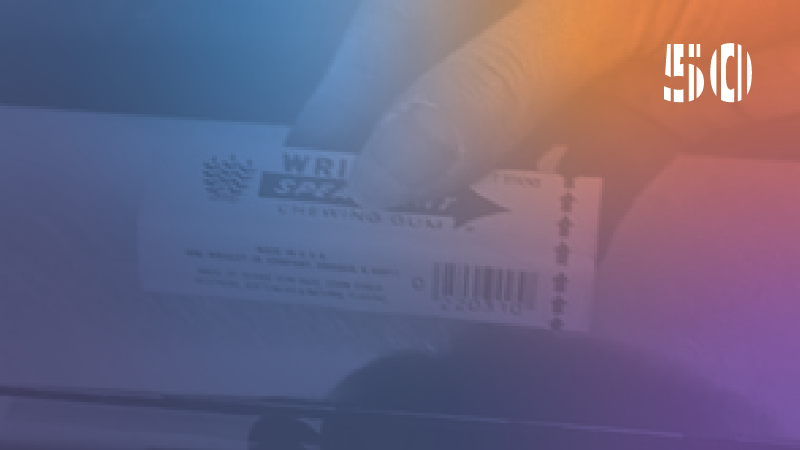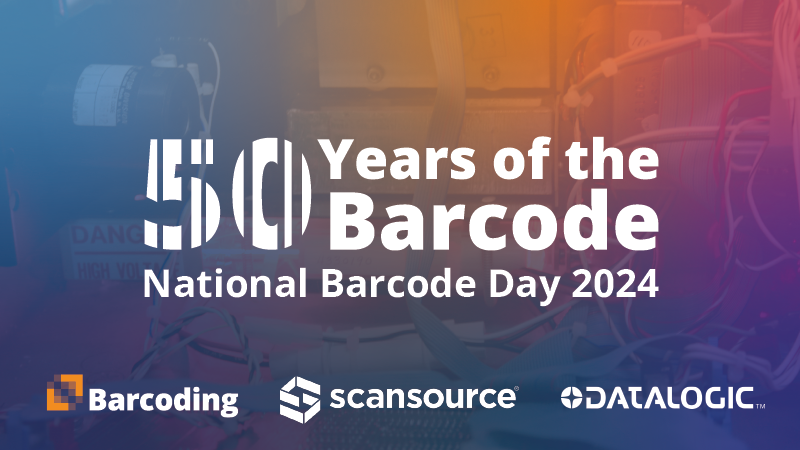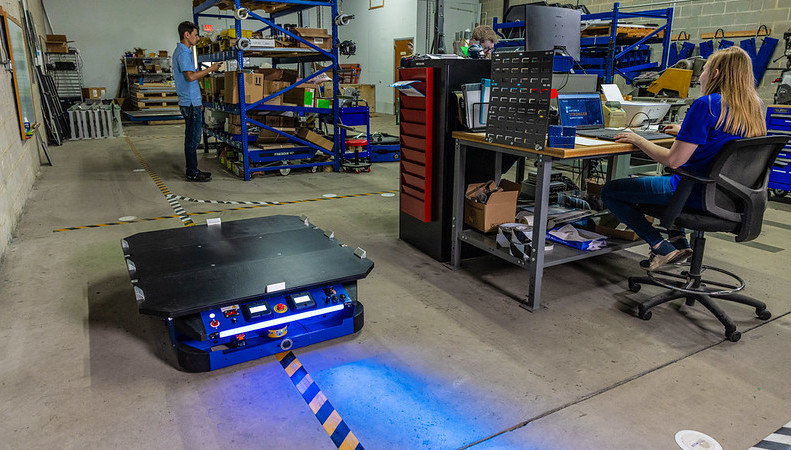The convergence of advancing IoT technologies and a global pandemic accelerated the digital transformation.
But that wasn’t the only critical impact. Expectations changed, too. Initial talk of a “return to normal” shifted to conversations about a “new normal” that includes emerging RFID trends shaping retail environments, logistical and supply chain demands, and health and safety needs.
Where’s the technology to meet tomorrow’s demands? Fortunately, it’s here today — proven by the companies that came out on top after 2020’s pummeling of global supply chains.
It turns out, resiliency in the face of a pandemic leaned on data-driven business decisions. The knowledge to make informed choices required:
- Visibility into inventory, movement of people and products, and changing demands
- Insights gained by transparent data-sharing with the right people
- Actions driven by ROI-focused analytics
- And more
More good news: Humans have begun catching up with technology, and are starting to embrace smart everything. After all, tech advancements — including IoT, BLE, and RFID asset tracking — are indispensable to global recovery efforts.
The key to looking forward is planning for the next disruption.
With that in mind, here are a few of the most influential RFID trends and challenges we’re helping customers address in the near term.
END-TO-END TRACEABILITY ASSURES PRODUCT SAFETY & AUTHENTICITY
Global vaccination efforts are an example of product traceability’s urgency. It’s complicated to track and trace life-saving vaccines through manufacture and distribution — plus, the products’ cold storage requirements add yet another layer of complexity.

RFID tags guard against counterfeit or expired vaccines making their way into healthcare systems and ensure first-in, first-out use. Tags equipped with sensors detect temperature issues, and the technology can automate and simplify medical recordkeeping when patients receive vaccinations. Once vials are empty, tags can be disabled to prevent their reuse.
Smart tags can be fully integrated into printable product labels, making them incredibly easy to use for products in many industries, and sensor and tracking technologies are being deployed to ensure safety and surveillance of produce, livestock, seafood, and more.
Many clothing manufacturers are already integrating RFID asset management technologies into their tags and labels, so goods arrive ready for tracking at the retail level. Scanning and computing technologies, from handheld devices to integrated beacons and edge servers, can make RFID technology integration seamless for workers no matter the industry or application.
OPTIMIZED SUPPLY CHAINS BENEFIT BOTTOM LINES
The visibility that RFID asset tracking systems provide do more than protect products. They also improve speed and accuracy as products and assets are moved. Real-time tracking allows tighter tolerances for redundancy of both inventory and assets. That increases opportunities for eliminating waste and improving sustainability.
Companies are taking advantage of these benefits to eliminate waste, optimize inventory, and reduce overall costs of warehousing, shipping, and labor — while improving performance. Those improvements can mean the difference between survival and failure amid acute supply chain disruptions and unpredictable demands. Resilient supply chains use data to quickly reroute, track, and trace products to ensure timely delivery of goods.
Companies with truly robust data and an in-depth understanding of it are best positioned to respond when unforeseen events arise. Taking full advantage of the benefits requires transparency, trust, and an ROI focus. That means sharing less-than-optimal performance areas with a solutions provider — because you can’t eliminate waste and redundancies you haven’t admitted to.
Identifying, quantifying, and articulating performance is where benchmarks are established; from there, you can look to a trusted partner to help establish a scope of work that leads you to the most effective asset tracking solutions for your business. Knowing what data to collect, how to analyze it, and who benefits from improvements should shape business decisions.
CONTACTLESS AND AUTOMATED SERVICES PROTECT CONSUMERS AND WORKERS
Before the pandemic, contactless pickup and delivery were already established; health and safety concerns increased the demand for these services, and IoT platforms — including hardware, connectivity, software, and user interfaces — make them a normal aspect of daily living. Photographic proof of delivery, for example, is now a baseline expectation, and IoT solutions make it easy to meet. Active RFID tags help track, protect, and secure high-value deliveries.
In warehousing environments, automation improves worker productivity and safety, reducing the density of workers on the floor, speeding the movement of goods, and increasing visibility into inventory and activity. Passive RFID can help validate shipping and receiving data at the dock doors to improve visibility and catch shipping mistakes, preventing losses due to worker error and improving warehouse performance metrics.
IoT enabled devices like thermal imaging cameras can even help organizations detect individuals moving through common areas who may have fevers, helping to make workplaces safer.
SMART EVERYTHING: SENSORS EVERYWHERE REQUIRE SECURITY EVERYWHERE
Increasing computing capabilities and hardware developments make more possible every day. With more robust networks, cloud and edge computing, the support exists for connected everything.
Empowered consumers have come to expect affordable access, easy connectivity, and functional sensors in their daily lives, and while comfort with data collection varies by the individual, uptake rates for smartphones seem to indicate that consumers will trade some level of privacy and data collection for convenience and connectivity.
That said, along with every capability improvement comes heightened responsibility for data protection and security.
INCREASING NEED FOR SOLUTIONS PROVIDERS WHO EARN YOUR TRUST
With every improvement in the industry, there may be a temptation to adopt new technology. This is easily illustrated by regular, annual rollouts of new smartphone designs with their big price tags, quickly embraced by consumers and continually raising the bar for design, speed, functionality, and performance.
But just because a capability exists, or even because it’s groundbreaking, doesn’t mean it’s the right technology for your application.
That’s why it’s increasingly essential to partner with a solutions provider with an experienced team who commits to understanding not only IoT-enabled asset tracking technologies, but your business: your processes, the people who need to use it, and your ROI objectives.






